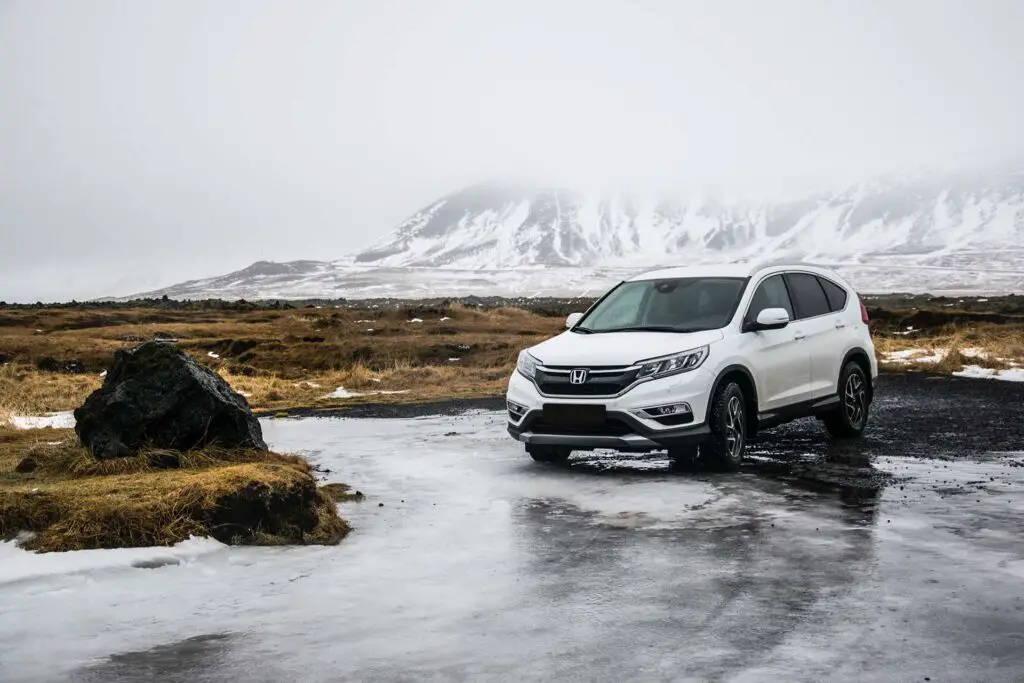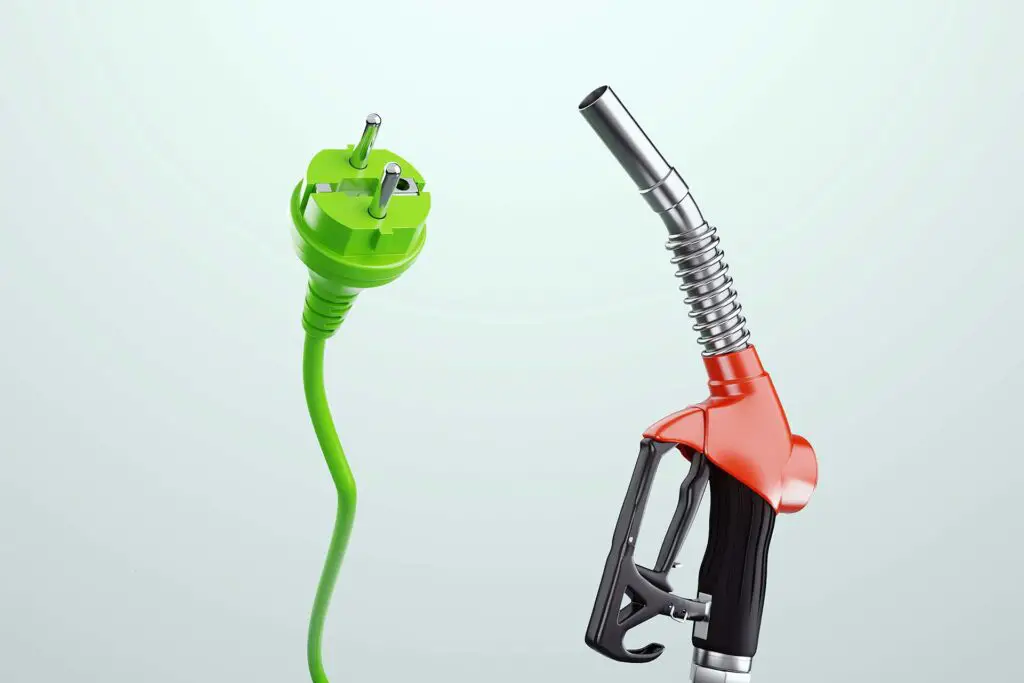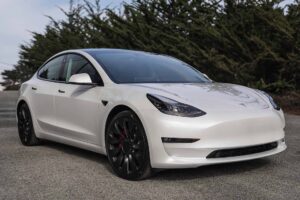Trump made headlines again by announcing new tariffs, then quickly slamming the brakes on most of them. However, the Trump tariff pause won’t affect cars, leaving the auto industry in the hot seat. This might just be the pothole that sends some wheels flying. So, what does this really mean for carmakers, drivers, and your next trip to the dealership? Let’s break this unfortunate car news down.
Trump Hits the Gas on Tariff Talk Again
Although President Trump has announced a pause on certain foreign trade tariffs, analysts and automakers alike aren’t exactly breathing a sigh of relief. The 25% duties on imported cars and parts haven’t gone anywhere, and they’re still very much affecting the industry. So, while 75 countries got a 90-day discount and China got hit with a whopping 125% tariff, the auto industry is still stuck paying full price with no coupon in sight.
Trump Tariffs on Cars Are Already Causing Confusion
While Trump claims this round is a pause and not yet a hard policy, that nuance isn’t helping anyone. The auto industry doesn’t run on winging it and seeing where it goes. There are long-term plans, global parts sourcing, and razor-thin margins. This mixed messaging is leaving automakers scrambling to figure out how to adjust.
There’s a strange split forming. While some tariffs are being held off temporarily, the 25 percent rate on cars and parts from certain countries seems to remain untouched. The result? A lot of calls to legal departments and not a lot of clear answers. If you’re on your way to the car dealership right now, who knows what kind of prices you’ll stumble upon there?

Trump Tariff Pause Won’t Affect Cars, Driving in Some Serious Consequences
According to a fresh study from the Center for Automotive Research (CAR), those 25% tariffs could cost US automakers a jaw-dropping $108 billion over a decade. That’s not pocket change. We’re talking about a full-on budget punch that would impact manufacturing jobs, slow innovation, and possibly push prices for consumers into the stratosphere.
The study says nearly 117,000 US auto jobs could be lost if tariffs return at that level. And those hits would ripple across the supply chain like a dropped wrench in a gearbox. Everything from steel suppliers to dealership jobs would feel the heat. Even the guy who prints the dealer stickers might want to start polishing his résumé.
Canada Isn’t Playing Nice in the Sandbox
In a classic case of playground retaliation, Canada is considering its own version of automotive tariffs. The Canadian government has confirmed it’s exploring levies on US-made cars in response to Trump’s trade threats. And considering the tight cross-border manufacturing pipeline between the two countries, this could really muck up the works.
Canada is one of the top destinations for American-made vehicles. If they start taxing them, it’s not just bad news for automakers. It’s a headache for the millions of drivers who might see prices spike on both sides of the border.

Buyers Might Want to Act Fast Before Prices Jump
If these tariffs go into full effect, the sticker shock won’t be limited to luxury cars. Everyday models could see price hikes of $2,000 or more, according to economists. That compact sedan or mid-size family SUV might suddenly feel like a luxury splurge instead of a budget buy.
Dealerships are already on edge, bracing for confusion, possible supply shortages, and customers trying to lock in deals before prices rise. If this sounds like the start of another supply chain mess, that’s because it probably is.
This Move Could Stall the EV Boom
Just when the electric vehicle market was starting to gain some serious traction, these proposed tariffs could throw a wrench in the charging cable. Many EVs and their critical components are sourced globally. Electric batteries, in particular, are rarely made in one place.
If tariffs hit battery imports, EV makers may be forced to raise prices or delay new releases. That could stall adoption just as more Americans are finally warming up to ditching gas pumps. In short, it’s bad timing with worse consequences.

So What’s Next? Where We Go From Here and What I Think
Here’s the deal. Tariffs like these don’t exist in a vacuum. They spark trade wars, price hikes, and all kinds of unintended consequences. The Trump camp is playing hardball, but the automotive industry needs clarity, not chaos. If this path continues, we’re likely to see price increases, slowed production, and a potential tug-of-war with key trade partners.
My guess? Automakers are already gaming out alternate strategies, but there’s only so much they can do. If this gets implemented in full, expect major lobbying efforts and some high-stakes political chess. For now, though, the whole industry is holding its breath – and keeping both eyes on the road ahead.








